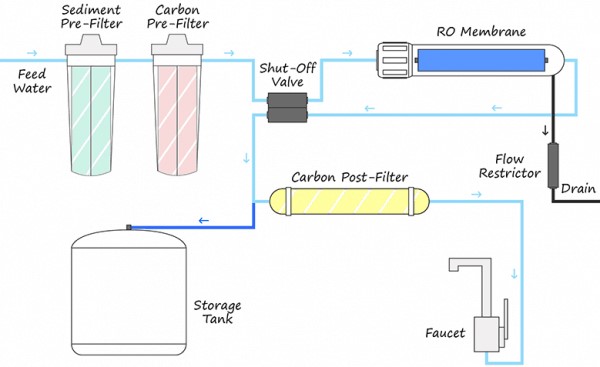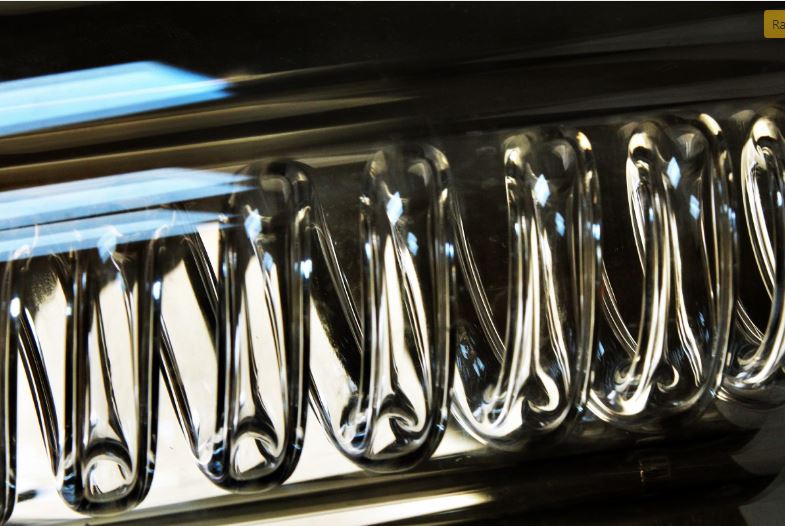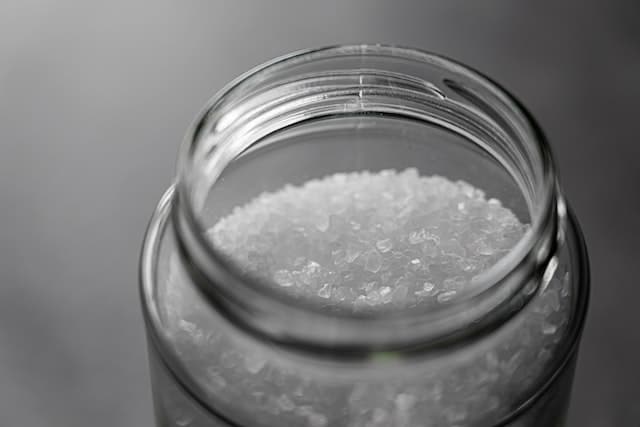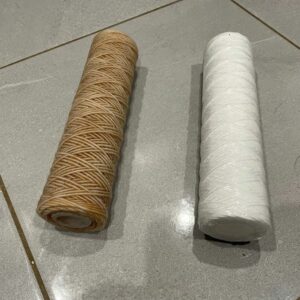What is Reverse Osmosis?
Reverse osmosis is a process used in the filtration and purification of liquids. It works by passing the liquid through a semipermeable membrane, allowing only certain substances to pass through while trapping others. This process is used in water treatment because it effectively removes contaminants from liquids, including bacteria and other solids.
A reverse osmosis system can also be used to desalinate sea water. The reverse osmosis membrane acts as a barrier between salt and fresh water molecules, allowing only pure water molecules to pass through while trapping salt particles inside the filter. Reverse osmosis helps reduce the number of salts present in seawater, making it fit for human consumption or agricultural use.
Because reverse osmosis does not use chemicals or additives for purification purposes, it is considered an environmentally friendly method for treating liquids. However, you should consider the pros and cons of Reverse Osmosis before purchasing one.
Effects Of Salt On Our Body
Salt has some positive effects on our health, but consuming too much salt is not good for us. Although it’s been common practice to use table salt as a seasoning and preservative in food for thousands of years, we now know that excessive salt intake can have a negative effect on our health.
On average, our body needs only 500 mg of salt per day to maintain a healthy balance of fluids and electrolytes. The World Health Organization, the American Heart Association, and other health organizations have recommended that we reduce our sodium ions intake to less than 2,000 mg per day.
How Does Reverse Osmosis Remove Salt From Drinking Water?
Reverse osmosis (RO) is a method used to remove salt from water, and it is the most common desalination process. The best countertop RO system involves pushing water through the RO membrane that filters out salts, minerals, and other contaminants.
The process of reverse osmosis works by passing salty water under pressure through a membrane with micropores that separates the salt ions from the water molecules. The result of this separation is purified, softened water on one side and highly concentrated brine solution on the other side.

The key step in RO drinking water system is the RO membrane where osmotic pressure forces impurities in the salty water to remain behind as pure water molecules passes through it. It acts as an effective barrier that traps contaminants such as lead, nitrates, bacteria, and viruses while allowing only clean drinking water to pass through for consumption.
How Much Salt Is Removed Through Reverse Osmosis Process?
The method of Reverse Osmosis (RO) uses a semi-permeable membrane to separate and remove ions, molecules, and particles from water. One of the primary components filtered out is salt. But how much salt can be removed with reverse osmosis?
Reverse osmosis systems typically have a 98% removal rate for dissolved salts in water. This means that almost all of the sodium chloride present in the water will be extracted during filtration. Depending on the type of RO system being used, other minerals such as potassium and magnesium may also be effectively removed from the water supply as well.
Overall, a reverse osmosis filter is an effective way to reduce salt content in drinking water supplies.
Benefits of Removing Salt with RO
Reverse osmosis (RO) is a water filtration process that has many benefits beyond just reducing salt in the water, and has become increasingly popular around the world.
- Eliminating salt with reverse osmosis is beneficial because it can help improve the overall taste of drinking water, making it easier to consume without adding additional flavorings or sweeteners.
- Additionally, an RO carbon filter can also help reduce levels of heavy metals and other potentially harmful minerals from the water source. This process helps make sure that people who drink from the source have access to clean and safe drinking water free from toxic substances.
- The process of this RO water softening system works by using a membrane filter to separate out contaminates like salt from incoming sources of raw water before it enters a storage tank or pipes leading into homes or businesses.

What Other Contaminants Does RO Remove?
The process of Reverse Osmosis (RO) is designed to remove a variety of contaminants from the water, including salt. But what other contaminants can be removed by reverse osmosis?
In addition to salt, the waste water from RO systems also contains particles such as suspended solids, bacteria, viruses, and even some metals from the water. This makes them ideal for providing clean and safe drinking water in areas where regular tap water is not suitable for human consumption.
In addition, reverse osmosis systems can also reduce levels of sedimentation in the water by trapping small particles before they reach your faucet or shower head. This helps improve the overall quality of your home’s drinking water supply.
Other Methods To Remove Salt From Your Drinking Water
In addition to Ro systems, here are some other methods to remove salt from your drinking water:
Boiling & Distillation
These also work to eliminate salt from your drinking water. But the method of boiling does require a constant supply of energy in the form of electricity or gas to reach its boiling point.
Salt-Free Water Softeners
Salt-free water softeners are also a very effective method to remove salt from your drinking water. However, they do require frequent maintenance and can be expensive to operate.
Evaporation
Evaporation can be used to remove salt from your soft water. This method is very effective, but it can take a long time to see results. It also requires the availability of adequate space for evaporation to occur.

Why Should You Reduce Salt Consumption?
Eating too much salt can be detrimental to your health. Reducing the amount of sodium in your diet is an important step to maintaining a healthy lifestyle. Consuming too much salt can lead to elevated blood pressure, which increases the risk of stroke and heart disease.
In addition, the excess salt in your home can be a breeding ground for bacteria. When salt builds up on surfaces, it’s more likely that germs will spread and cause illness. For these reasons, it’s important that you reduce your salt consumption.
Should You Use RO & Water Softener Together?
With salt levels in our water sources on the rise, many people are looking for ways to ensure their family is consuming clean and safe drinking water. One way to do this is by using a reverse osmosis system combined with a Water Softener.
Using a reverse osmosis system alone may not be enough to reduce overall salt levels in your water. An RO system works by forcing pressurized water through a semi-permeable membrane which then filters out any impurities from the water. This process does not remove dissolved minerals like sodium and magnesium which still remain in your drinking supply.
By combining a reverse osmosis system with a Water Softener, you can further reduce salt levels and have access to cleaner, purer drinking water. Most RO systems will work with both but it is important to check with the manufacturer or store to confirm before purchasing.
Conclusion – Does Reverse Osmosis Remove Salt?
To sum up, salt buildup in water systems is a serious problem that can occur over time. Reverse osmosis systems help reduce the salty taste and smell of your water. If you want a system that reduces your water supply of salt completely, you’ll need to install a water softener as well.
There are many health benefits of removing salt with RO including increased water efficiency and improved taste. In addition to RO systems, you can also use other methods to remove salt from your drinking water such as boiling and distillation, water softener, and evaporation.

